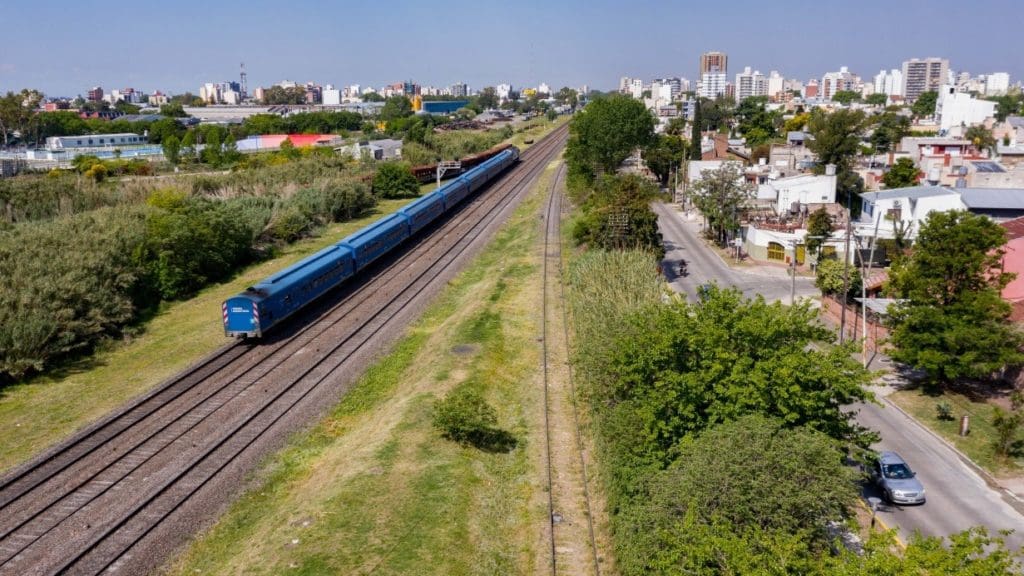If you’re on a budget or would rather spend a day staring out at Argentina’s beautiful landscapes instead of on a pesky bus, check out this extensive guide to trains and railways in Argentina‘s cities and provinces, including Buenos Aires, Mar del Plata, Córdoba, Patagonia and more!
Written by Carla Chinski, Content Marketing Manager at Vamos Academy
A Short History: Why Trains are the Way to Tour
From Salta and Rosario to the summery Argentine coast, trains cover the Argentine territory extensively, so you’ll have a lot of options to choose from, be it if you’re getting out of the city of Buenos Aires or switching between different provinces. Interprovincial trains are much more typical than even locals will have you believe. Because even though railway lines have come and gone, riding a train is, in our opinion, a very underestimated means of transportation.
Also read: Transportation apps in Argentina
Buenos Aires used to have a very big railway system that covered such a large portion of the city that it was known as “The City of Trams”. Unlike the subway, which is limited to the city (and doesn’t even cover the Greater Buenos Aires area), the trains are far-reaching: only second to New York when comparing the amount of city trains!
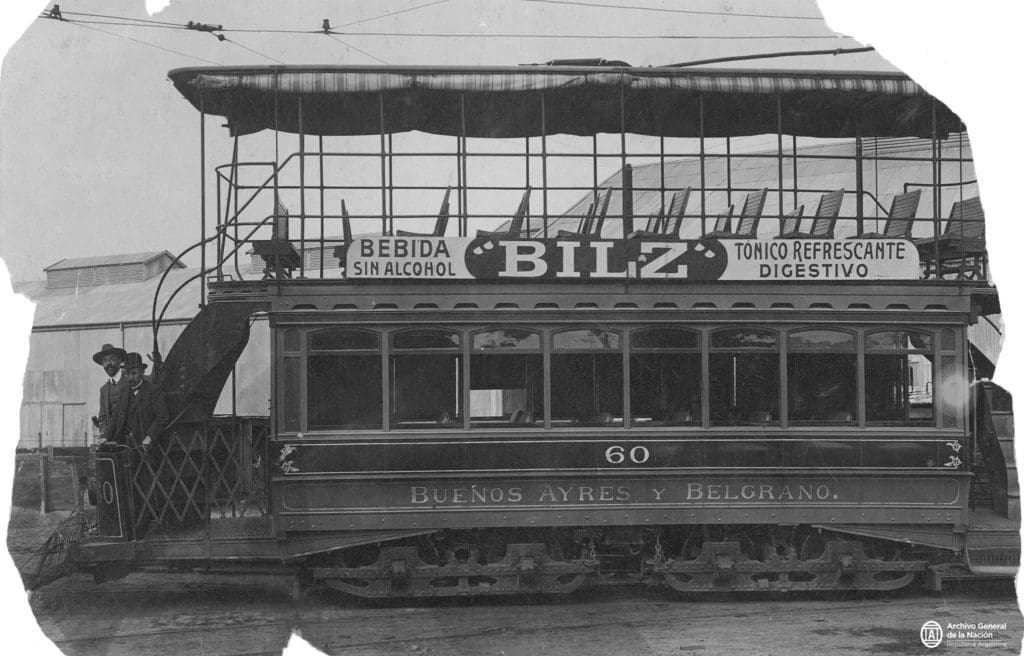

In 2011, after tragedy struck in the metropolitan area because of a train literally falling apart, the Argentine government chose to nationalize train companies and defund private investors. Many promises were made regarding the reach, quality and prices of the railway system, but they never came to fruition. However, there have been many international investors (mainly from China) who put large sums into renovating the Argentine trains.
Tips for Train Tickets
There are sleepers for long-distance trains, but for shorter distance trips there are longer travel times than by bus and no option to have a more comfortable seat to, well, sleep in. Keep in mind the fastest train goes 160 km/h (that’s about 100 mph, which is pretty fast!) Our recommendation would be to aim at long-distance journeys. There are also fewer departure times, so choosing the right time to travel and booking tickets in advance is key.
Because tickets are state-funded, you won’t need to spend large sums of money. Because you’re most likely reading from other parts of the world and before arriving in Buenos Aires, you’ll want to get your tickets online from the government website (or from a reliable external agent.) On the government website, you can get your tickets with a 10% discount. Once you get in the website, you’ll be able to choose the dates, type of service, passenger number and means of payment.
You can also check out the different box offices if you want to buy once you get to Buenos Aires or any other part of Argentina that has an interprovincial or long-distance train system. If you do choose to get a ticket in person, then you should bring your ID with you. If you’re traveling with kids ages 3 to 12, you’ll get half off. Kids under 3 that don’t take up a seat can travel for free.
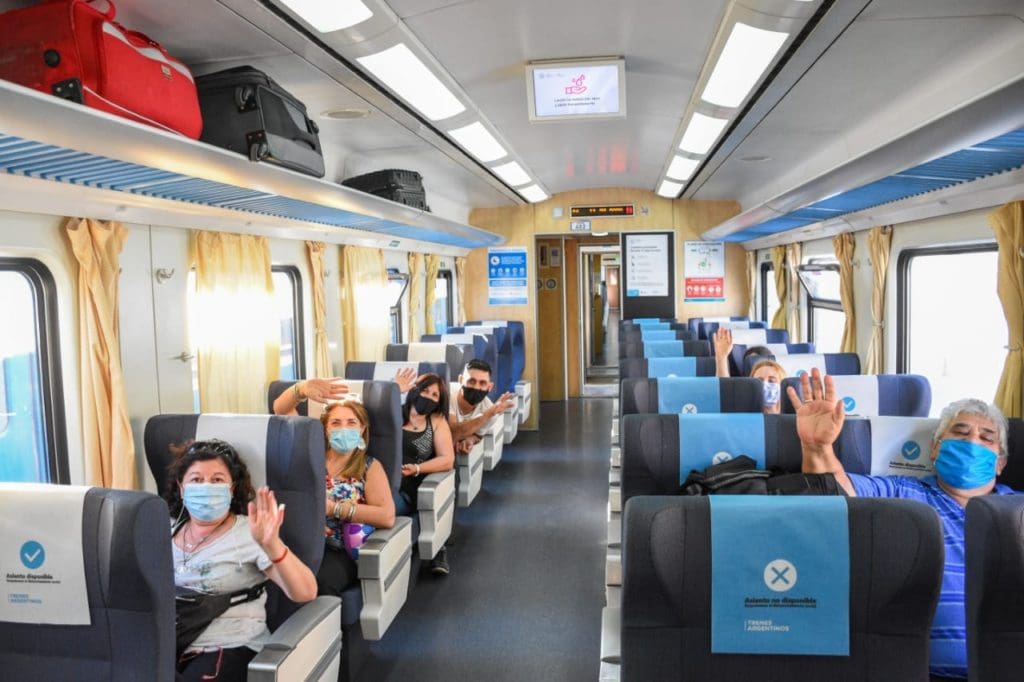

What to Expect Once Inside the Train
As for the terms and conditions, there’s nothing very surprising about them. Tickets are valid only for the date and time that’s on them; you can give them back, but there’s a 10% penalty if you give them back 48 hours before the trip. If the ride is canceled you can’t get a refund (bummer.)
Seating services on the train are organized similarly to those on a plane: primera clase, pullman and camarote (first-class, pullman and cabin.) Do not be fooled by the name “primera clase”, though: it’s the cheapest ticket you can get. Pullman features one seat on each side, while first-class means you get two. The camarote service includes two individual beds. Other general services on the train include air conditioning, a lunch room/dining room for food (you can bring your own, or buy at the many train stops!)
You cannot travel with animals on the train, so leave that kitty with a cousin! You can, however, bring a bicycle on board as well as one full-sized bag and one carry-on bag. You’ll most likely be offered mate or hear someone playing guitar; Argentine trains–and the people traveling inside–are very hospitable. You’ll have your little train community in no time.
Useful Websites:
- Trenes Argentinos Government website
- Official website for tickets
- List of available box offices in Argentina
Best Scenic Views From the Railways
This first part of the list features (sort of) novelty/historic trains, which means it’s meant as a tourist attraction rather than a practical means of transport for the people who live there. But the rides themselves are well worth it as tours to get to know Buenos Aires for those of us who don’t really feel like trekking up a mountain.
Southern Tierra del Fuego Railway (“Tren del fin del mundo”)
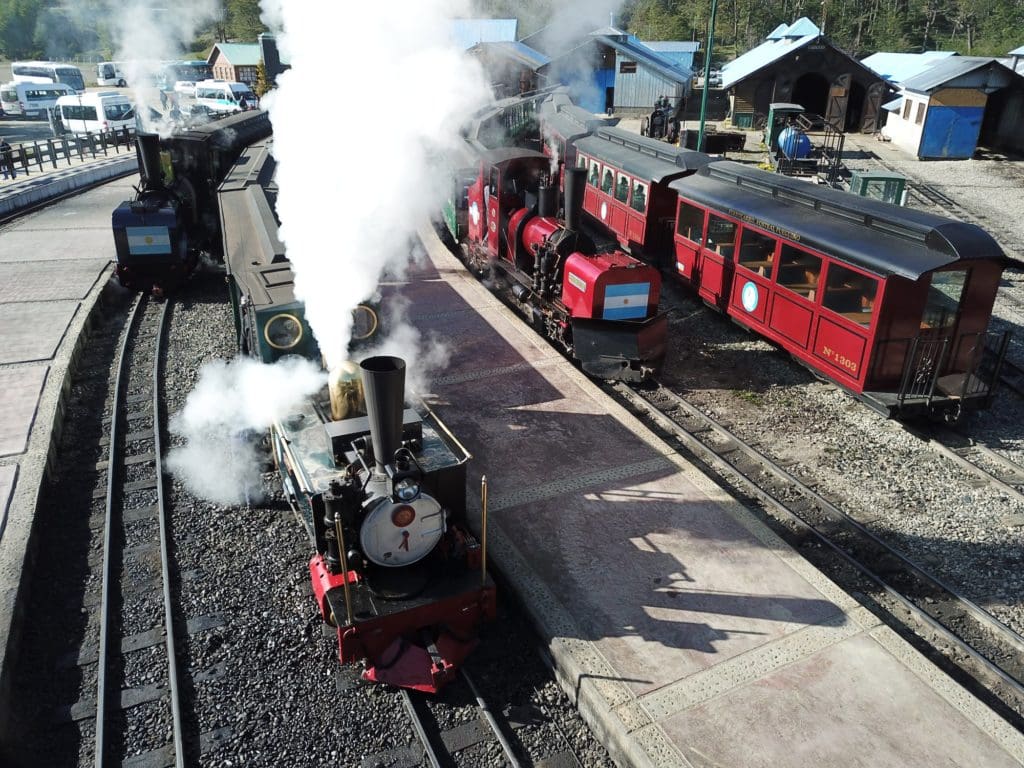

The “Tren del fin del mundo” operates year-round, and has 6 stops: the station itself, Puente Quemado, Estación Casa la Macarena, Límite Parque Nacional, Cementerio de árboles, Estación Casa Nacional. Just like in any other train, you can choose different types of classes and services.
The website says of the Tren de fin del mundo’s origins: “After forty years without working, in 1994 End of the World Train became part of the old route that the prisoners train traveled, which left from the prison of Ushuaia, located in the center of the city, towards the slope of the Susana Mountain in order to get materials (wood and stone) for the construction of the city.”
One of the can’t-miss moments is the trip through Tierra del Fuego’s National Park, where you get to visit the recreational area. This protected park is full of local flora and fauna. Also, at Estación Casa la Macarena you can access a vantage point that gives way to a view of different mountains and hills, like the Cerro Guanaco and a Cadena Montañosa.
Make reservations: https://www.trendelfindelmundo.com.ar/en
Tip: Afterwards, you can visit the Museo Presidiario de Ushuaia (Ushuaia Maritime and Jail Museum), known as “La cárcel del fin del mundo” (the “Jail at the end of the world”.) You can email with any queries to: [email protected]
La Trochita Train – Expreso Patagonico)
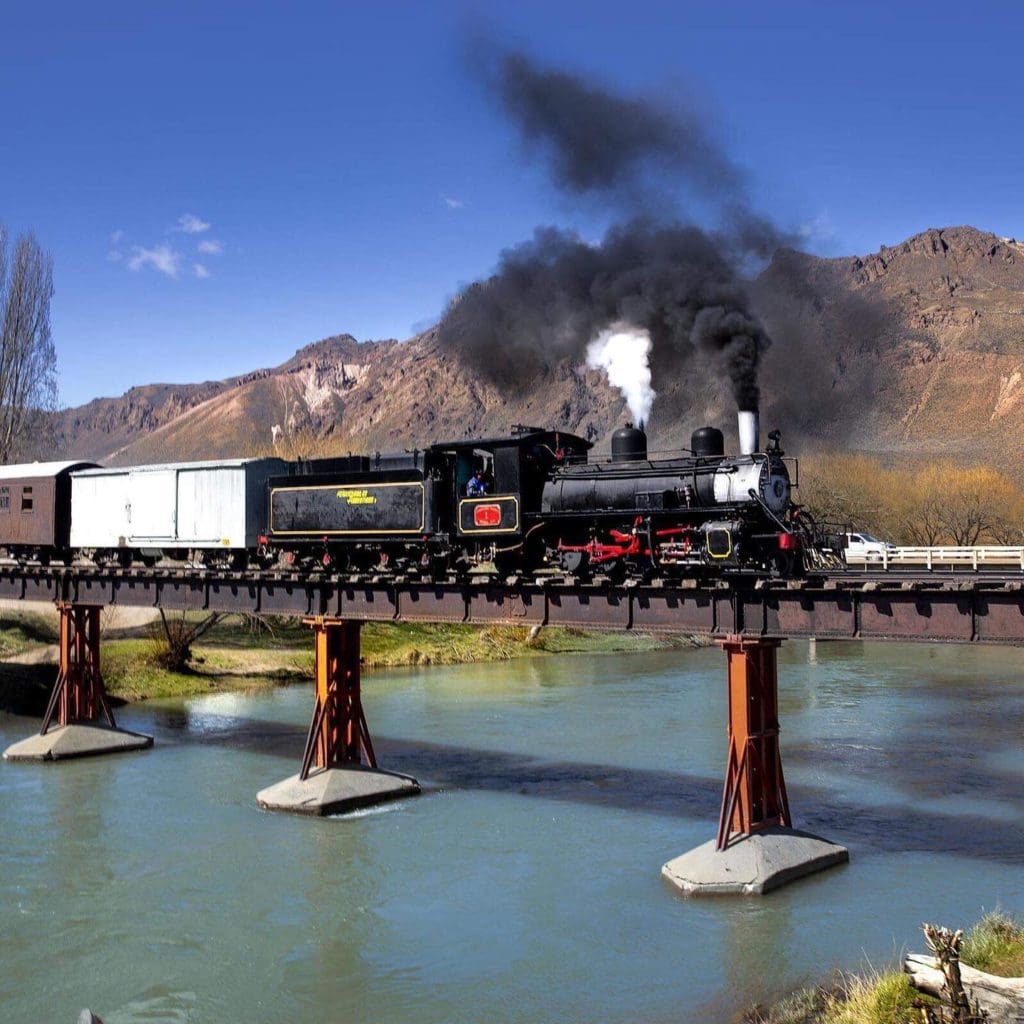

Also known as “Expreso Patagónico” (the Patagonian Express), it’s named after “trocha estrecha”, which in English means “narrow gauge”. It’s located in the Río Negro province and was opened in 1935. It was supposed to be annexed to more locations; however, the start of the wars and changes in government stalled construction and it’s now used as a tourist attraction.
Lots of train enthusiasts come in every year from all over the world to see La Trochita, so something must be up. The vintage feel from the 1922 trains and railways, the toy-like colors and structures–it all makes up for a unique look.
La Trochita train runs from Esquel to El Maitén. Within that route, there are several tours available:
- Esquel – Nahuel Pan service:
At Nahuel Pan there isn’t much to check out other than the landscape itself; however, you can get typical argentine pastries and visit a local street fair. If you want to stop by and continue on with the journey on another day, there’s also a camping ground you can access. Most importantly: you should definitely go see the Museo de Pueblos Originarios, as in Nahuel Pan there’s a small aboriginal community.
- El Maitén to Ingeniero Bruno Thomae
- Special charter:
The train service offers a special ride through all of La Trochita’s old train stations and railways. To organize a trip–which will surely be more expensive–you need to contact the website at least six months prior to your visit for the train to be readied for transportation.
If you feel like traveling back in time, La Trochita is the best option to get imbued in a magical Patagonian train ride!
Also read: Discover Patagonia in Argentina | What to Do in Bariloche, Argentina
Tren a las nubes
This train is located in Salta, and it’s very important to know a few things up front: there is a 100% cancellation penalty (no giving back those tickets!); you can get the tickets here.
You have to inevitably go to the Salta bus station and take the train from there. There are English-speaking guides who will make a brief comment once you get on the train tracks and into the Andes (if you haven’t taken Spanish lessons already.) From there, during the three-hour ride, you’ll be able to see the famous Puna.
Of course, you will get “apunado” (slang word that literally means “dizzy from the Puna”), so be ready because the railway will rise about 4000 or more meters above sea level! To avoid any casualties, there is medical staff onboard ready to help.
At each stop, you will encounter different types of craftmanship near the train stations, at every one of the local fairs. There are many food options available inside the train itself. Once you get off of each station, there are much more than crafts to enjoy: you can participate in a ceramics lesson; ride a llama with a local artisan, and more!
Interprovincial trains in Argentina
The second half of this list includes widely-used railway lines (Mar del Plata, Pinamar, Tren Patagónico.) There might be less of an ambience, but the landscape with be just as enthralling–trust us. But either way, there’ll be plenty of time for pictures. Not for hanging around too long, though.
Patagonia Train
You can make reservations from the Patagonia Train’s official website. Some of the train journey’s recommended places to visit are Viedma, San Antonio Oeste, Sierra Colorada and, of course, Bariloche. The train, like most, has options for first-class, pullman and cabins. The journey includes twelve stations total, and the train itself dates back to the beginnings of the twentieth century, and has been kept in shape until today.
The train joins the Cordillera de los Andes (the Andes mountain range) with the sea. It goes from Bariloche to Viedma at a (very) slow pace, so be prepared to set a day apart for taking the Patagonia train. The “línea sur” (south line) joins the Patagonian steppe with other small towns along the way, stopping in all the gaucho towns–the people that are still living from the land and their own produce. In San Antonio Oeste – Viedma, you’ll finally get to the sea!
The best about the Patagonian train experience are the rooms, with their vintage aesthetic. Take a movie or a glass of wine to bed and enjoy the landscape! It’s a great way to get to know the estepa, the mountains and the coast all in one go.
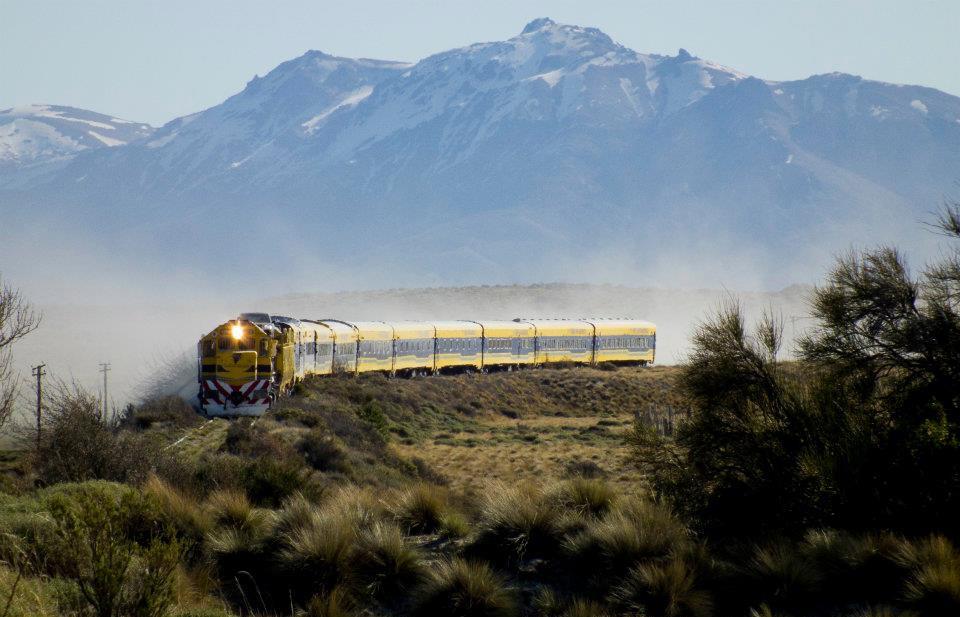

Trains to Mar del Plata and Pinamar
If you want to go to “La Feliz” (Mar del Plata), look no further. Because both Mar del Plata and Pinamar are not that far from the city of Buenos Aires, it can be a good idea to take the train if you’re on a budget but you still want to get moving. Mar del Plata is a city by the coastal shore in Argentina, much like Pinamar. Pinamar is similar to Mar del Plata, but slightly warmer and with a more tranquil atmosphere (a.k.a. there are less teenagers in sight).
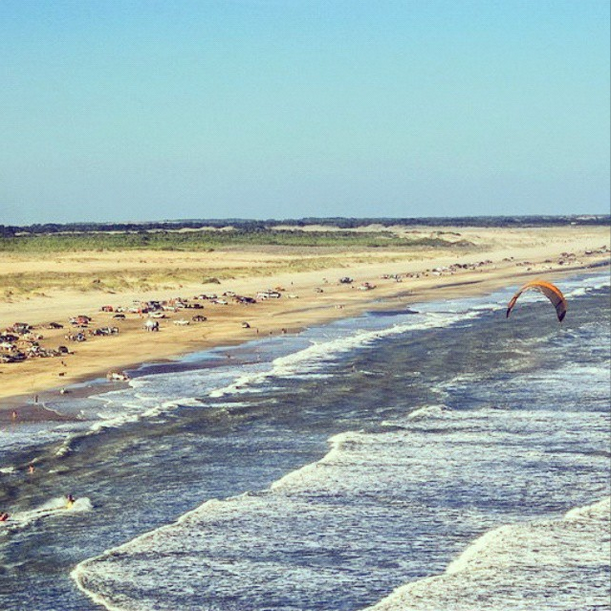

When purchasing tickets from the official government website, you can choose to ride in first-class (where you have WiFi, plugs everywhere and even an espresso maker, a hot/cold water dispenser and more).
On the one hand, for the train to Pinamar you have to get from Plaza Constitución in the City of Buenos Aires and up to General Guido; after that, you can make the switch from General Guido station to and then take another one to Divisadero de Pinamar. This train does not have all the features of the train to Mar del Plata.
For the train to Mar del Plata, on the other hand, there is a more direct ride available, although like in other cases there are express and non-express services (that is, with more stops or fewer stops). During the high season, the frequency might increase. On the way to Mar del Plata, it’s advisable to make a quick stop by the town of Chascomús.
Tren de las Sierras (Córdoba)
To take the Tren de las Sierras, you can get to Córdoba by train from Retiro; this train [Note: due to COVID-19, departure and arrival times and dates are limited]. The Tren de las Sierras has a total of 14 stops. It goes from Córdoba to Cosquín and has reached Valle Hermoso in the year 2021.
The ride, when taken stop by stop, has a twenty two-hour duration. If you’re already in Córdoba Capital and looking to get around the province, you can acquire the tickets in person in Córdoba or at each of the train stations. The train is available seven days a week, and because it works within Córdoba and it isn’t a tourist attraction, prices are very, very cheap.
The can’t-miss experience here is the walk through Sierras Chicas in the Valle de la Punilla, as well as La Calera and San Roque, located right by the lake with the same name. San Roque is on the lake coast; here you can access the sightseeing point.
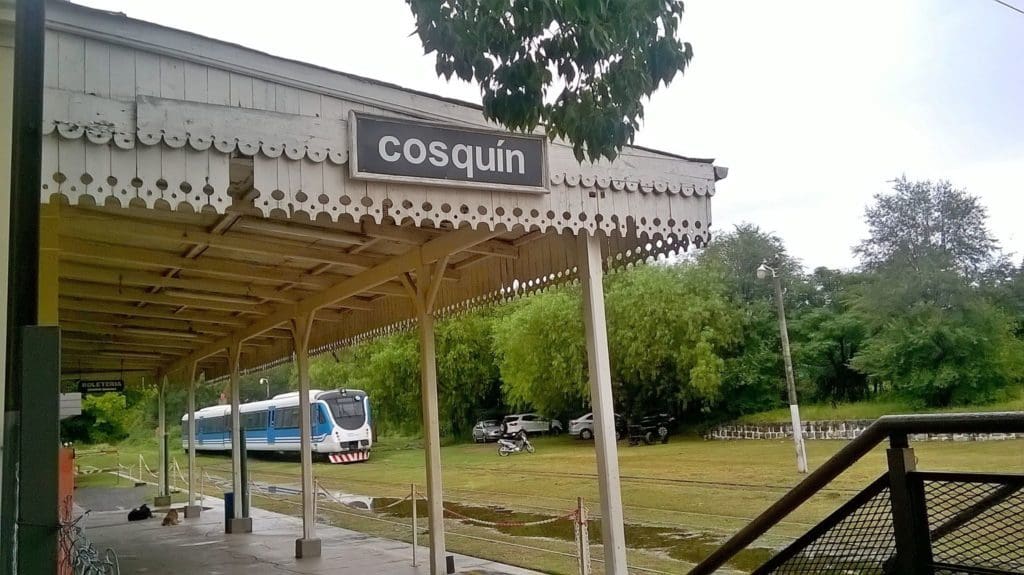

Inner City Railways: Travel by Train Within the City of Buenos Aires
Traveling in Buenos Aires during rush hour, or in any city for that matter, can be such a pain. To avoid traveling when the city trains are most crowded, and when railways are slower, we’ve already written many guides about ridesharing apps and transportation apps to use in Buenos Aires and in Argentina as a whole.
There are many railway lines and stations, though perhaps not as many as in other parts of the world. Most of these stations end up in the Buenos Aires city center. Likewise, most of the lines connect Retiro station to the greater Buenos Aires area. And don’t forget: to travel, you’ll need to purchase and use a SUBE card if you’re coming to the city.
The train stations and railways in the city are: Belgrano Norte, Belgrano Sur, Mitre, Roca, Sarmiento, San Martín, Urquiza, and the Tren de la Costa. Their opening times are not set in stone, so you might want to check an app for that.
Website: Check out train stops here



